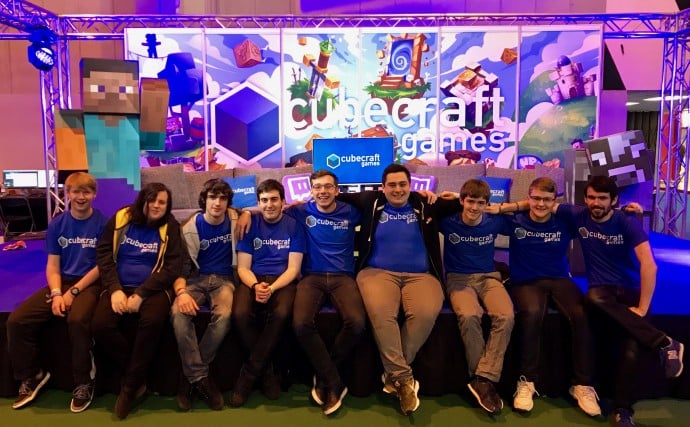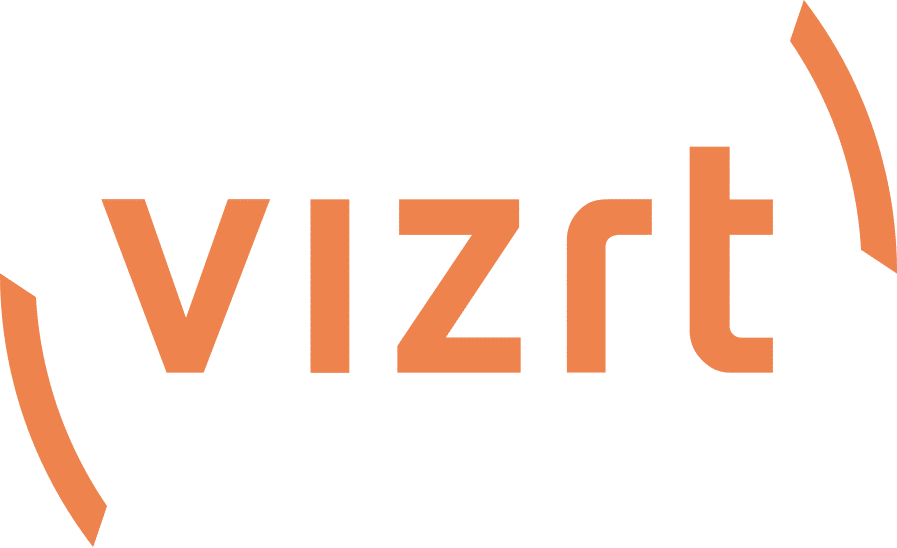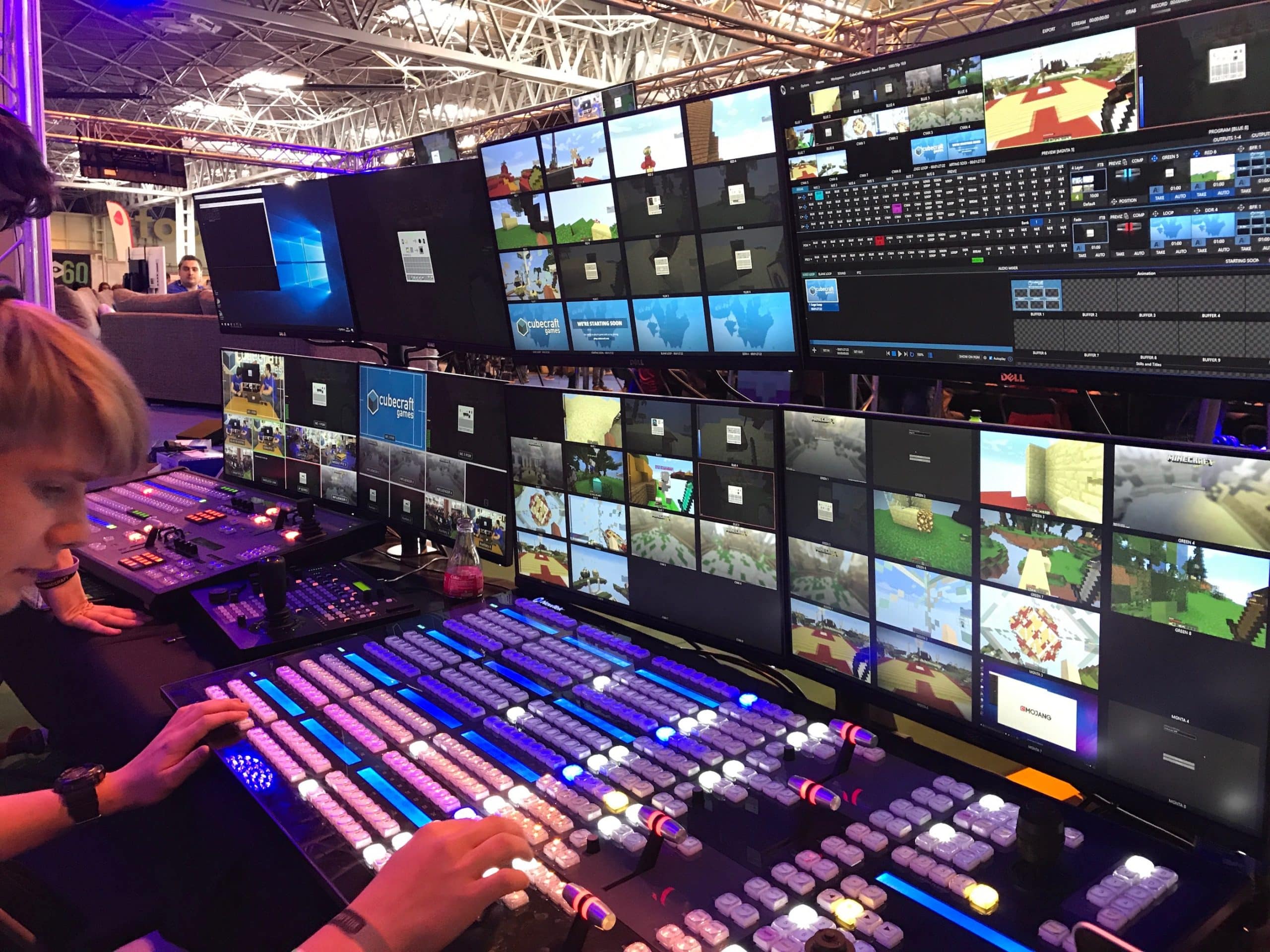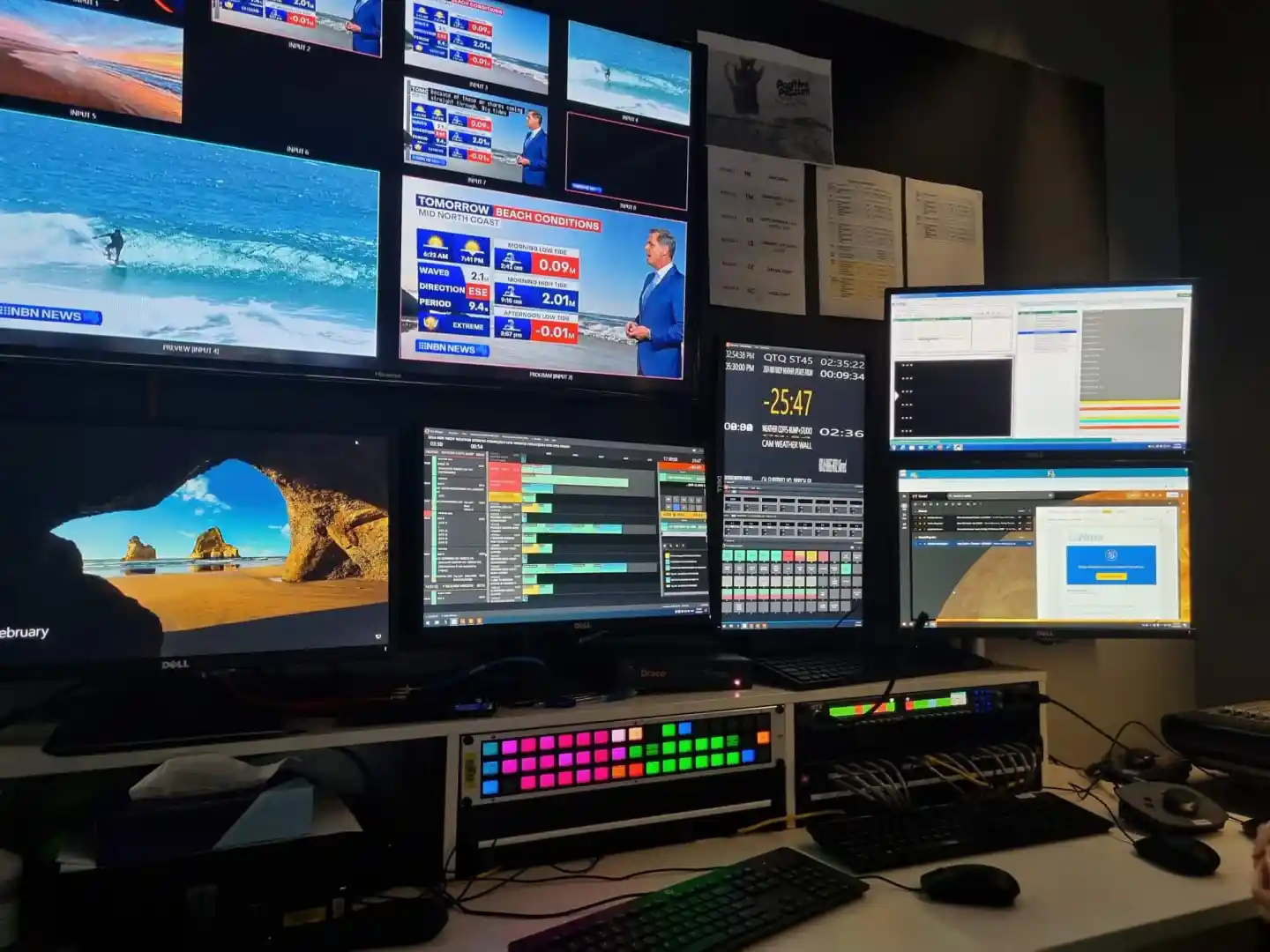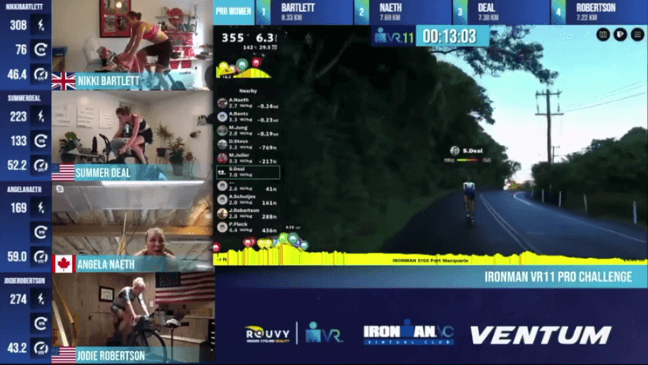When it comes to live streaming productions, local is the new global, and UK-based Digital Tree Media is no exception.
“We started off as a relatively small media company, serving schools and colleges with basic media requirements,” says Digital Tree’s CEO John Coles. “We’ve grown to provide very large event-based productions, such as a mini-Olympics that took place in the greater Manchester region.”
At that time, with young athletes descending upon the city from all over the world to compete in a two-week long festival of sport, Digital Tree produced the event – which covered multiple competitions in different remote arenas – for viewers in the U.S., France, Russia, and Germany, among others.
“We provided video workflows over LAN and WAN, and that was back in 2013 before anybody was really thinking about IP,” says Coles. “That is something that NewTek have been doing very well for years. We started using these networked workflows back when we had NewTek TriCaster 40, using AirSend (the predecessor to NDI, NewTek’s encoding protocol for video over IP). The configuration was easy to do, and it made production simple.”

In a matter of weeks, the company had transformed virtually from a local production company to an international online sports broadcaster.
Today, the company still produces local events, such as election coverage and municipal activities, from single-camera programs to large live productions. But its team members gravitate to solving the Olympic-like complexities of unpredictable, dramatic, multi-venue live video with a small crew.
“A lot of the time, people come to us with problems that other companies have told them were impossible to solve,” says Coles. “We look at it and think, ‘Okay, we know how we can solve 90% of it. That other 10% we’ll sit down and figure out as well.’” Increasingly, they’re solving it with IP video.
Ahead of the Esport curve
You might say they’ve taken sports production over IP to the next level: the all-IP, all-remote, massively multi-player live competition that is Esports.
“Esports has been a growing market for broadcasters for years,” says Coles. “You’ve got larger and larger festivals happening. A large gaming community that already streams. You look at Twitch, and the size of their audience is huge.”
This is no exaggeration. According to Superdata Research, digital gaming in general now has one of the most valuable and highly engaged demographics, and Esport specifically is approaching a billion-dollar industry.
And according to ESPN’s data analysis brand, FiveThirtyEight.com, tournaments such as The League of Legends Championship are drawing more viewers than Stanley Cup Finals, the Masters final round, the World Series, and even the NBA Finals.
Millions of gamers are playing (and watching). Broadcasters are taking notice. And Digital Tree Media has created an advantage: a built-in, highly engaged audience for the world’s most popular online video game – Minecraft.

Digital Tree owns the second largest Minecraft server in the world. “We have peaks of around 30,000 players on our Minecraft server, and about 300,000 unique players per day coming through the server,” says Coles.
That made the company the natural choice to produce an April 2017 gaming event that combined the world of Esport with live in-venue production.
You want it when?
Multiplay – the organizers of Insomnia, the largest gaming festival in the UK – came to Coles and his team to help create exactly the kind of complex production Digital Tree Media specializes in.
The Minecraft Zone would be set up as a large networked stand in the NEC (Birmingham, UK’s National Exhibition Centre), with 48 computer workstations. Festival-goers could drop into the stand and play Minecraft with other players in a competitive, team-based environment, while on-stand Esport commentators would provide running play-by-play and analysis. Influential gamers known for their YouTube presence would show up for meet-and-greets, and be hustled into the studio for on-camera interviews.
All of these on-screen and on-camera activities would be mixed into a centralized program, and sent to two different audiences. One mix would output the program to large IMAG displays throughout the stand to grab the attention of attendees and give them an up-close glimpse of the games, the interviews, and the stand.

A second mix would stream live via the Twitch social gaming video platform, to Digital Tree’s CubeCraft community – whose members would have the opportunity to interact with people back at the event, via chat windows and Q&A to the celebrity gamers.
The challenge? How to plan a four-day live event that would capture live video from 48 computers and 4 remote-controlled PTZ cameras for two different audiences.
Oh, and one other detail: the event was taking place in just over three weeks.
Connecting communities
Right away, it was obvious that connecting all the computer systems in the Minecraft Zone for live video would require new thinking.
“Nobody we’ve talked to in the community has done a live Esport competition this size before, in such a short time,” says Coles.
After all, this was not the controlled confines of a broadcast studio, nor the usual Esport tournament setup of a handful of competitors isolated on a stage – but four dozen Windows computers in the midst of a heavily trafficked pedestrian concourse, at a trade show with unknown technical capabilities.
“To take 48 PCs, convert them to SDI and run SDI connections through traps in the floor and over to our control area, would have been completely ridiculous to do in terms of man hours and the sheer physical amount of cabling,” Coles says, rattling off the list of limitations of linear, point-to-point connectivity: “Trying to keep track of all those cables. Making sure they’re all labeled properly. Debugging why one cable doesn’t work when the other 47 do.”
So Coles and his company sought to solve this unfamiliar problem with a very familiar solution: a live production system from NewTek.
“We’ve got lots of prior experience with NewTek equipment. We use both the TriCaster 410 and TriCaster 8000 regularly on events, and we’ve used the TriCaster 40 in the past as well.”
Additionally, they’d already augmented their TriCaster integrated production systems with the Advanced Edition option, adding support for four additional inputs using NDI (Network Device Interface), NewTek’s protocol for signal transport, video encoding, commands and communication over IP. They had plenty of experience using it to access network-based video sources and switch them into a live program, frame-accurately and with equivalent visual quality to hardware-based sources.
But even if they had combined their TriCaster 8000’s 12 NDI inputs with the 8 NDI inputs of TriCaster 410, that wouldn’t allow them to connect, monitor and switch the gameplay screens of the 48 Minecraft systems in their stand.

Modular IP production
Digital Tree turned instead to the NewTek IP Series modular IP production system.
Like the TriCaster systems that they already had NDI-enabled, the IP Series supports all-IP (or hybrid IP/SDI) productions, so that rather than run individual hardware cables from video devices and connect them physically from point to point, producers can access any enabled source located on the LAN without requiring a direct hardware input.
The difference, however, is that the IP Series has 44 inputs configurable for IP – which meant that all of Minecraft Zone’s Windows workstations could be routed into the video switcher: 44 live at a time, and 4 on standby as backup systems.
Switching the program was centralized on two of the IP Series’ VMC1 Video Mix Engines, NewTek’s 44-input, hybrid SDI and IP video switchers. And since the entire show would be controlled by one operator per segment, Digital Tree added a VMC1 4S control surface, NewTek’s four-stripe control panel connected over-the-network as the operator interface, capable of mixing sources from both.
For our purposes, it was just a normal network that happened to have 44 live streams of video running on top of it. – John Coles, CEO Digital Tree Media

Standard Networking
For LAN connectivity, the company used a standard, 1Gb Ethernet network – but decided not to leave convention-center networking to chance.
“We took our own network in,” said Coles. “We had our CubeCraft game traffic and our NDI signals all going over the same network.”
They considered something far more robust – two 10-Gb connections or even one 10-Gb connection – then decided against it. Says Coles, “It was easier to use what we already had, to be quite honest, and it wasn’t going to buy us any additional performance,” since NDI encoding is so efficient on low bandwidth networks.
“The only extra measure we took was, for the IP Series, using two 1-Gb connections; otherwise, we just had 1-Gb connections coming back from all the desks. And we never saw saturation through that network,” he says.
“Everything ran fine. Games were completely unaffected. Regular TCP/UDP requests that Windows would make were completely fine. For our purposes, it was just a normal network that happened to have 44 live streams of video running on top of it.”
Software as a production platform
Even as elite competitors in Esports rely on powerful, cutting-edge hardware to keep their performance at the forefront, Coles looks at the software side of production as a means for broadcasters to keep up with the game.
“Hardware and software-based switchers both have their place. However, if you want that flexibility of being able to very quickly make something happen, or have to change because of production requirements, then a software driven system is going to serve you far, far better than a hardware based solution,” he says.
One example: the utilities and tools developed by programming communities to extend the use of NDI through its SDK.
“If you want the flexibility to very quickly make something happen, a software driven system is going to serve you far, far better than a hardware based solution.” – John Coles, CEO Digital Tree Media
Before the Minecraft Zone went live, the Digital Tree Media crew set about routing the video from the gameplay computers into the IP Series switcher. “But the games went into a full-screen state that we were locking the desktops into,” says Coles. That prevented them from using their original NDI scan-conversion tool.
“It could have been a show-stopper. But there’s a lot more NDI software on the market than you know. We found the OBS (screen-capture for streaming) utility that the community developed with the NDI plugin.” What could have been a major issue became a matter of downloading and installing some software, thanks to the fact that there’s so much support for NDI within the development community.
Game day success
Other than eliminating hardware connections and SDI cabling, using a software-extendible switching platform, and routing 48 high-res computer signals over a standard 1-Gb network, Coles says using the IP Series for production was no different from their more traditional productions.
“We plugged the control surface in and connected via DHCP, we could set it up, and that was it,” he says. “It wasn’t something where we spent half a day trying to figure out where the connections go.”
And it was just as easy starting each morning following the nightly shutdown. “We just booted it up every morning on the stand. All those IP connections would reconnect, and we were ready to go for another day.”
